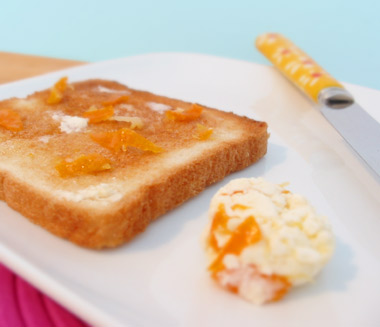 There is something almost magical about a beet. Dirty, ruddy, and altogether blah on the outside, but crimson (if you’re using red beets), shiny, sparkling little orbs on the inside. When cooked and peeled they are like a sanguine surprise just waiting to be eaten. I eat beets in all sorts of ways, but I particularly love them used as a filling for (mostly) homemade ravioli.
There is something almost magical about a beet. Dirty, ruddy, and altogether blah on the outside, but crimson (if you’re using red beets), shiny, sparkling little orbs on the inside. When cooked and peeled they are like a sanguine surprise just waiting to be eaten. I eat beets in all sorts of ways, but I particularly love them used as a filling for (mostly) homemade ravioli.
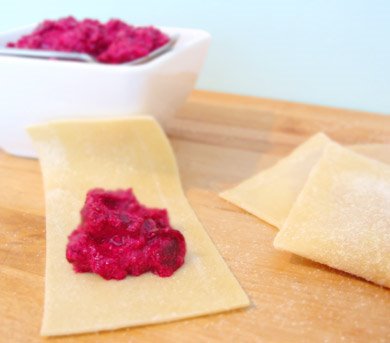 To me, this ravioli mimics how a beet occurs naturally. All folded up, the ravioli look like neat little pillows of pasta, beige in color and well, beige in flavor too. But when these ravioli are cut into, out comes a shock of pink filling, and the flavor is divine. They are hidden treasures of sight and flavor.
To me, this ravioli mimics how a beet occurs naturally. All folded up, the ravioli look like neat little pillows of pasta, beige in color and well, beige in flavor too. But when these ravioli are cut into, out comes a shock of pink filling, and the flavor is divine. They are hidden treasures of sight and flavor.
Prepared simply, by roasting the beets in foil packets at 400 degrees prior to filling, the beets are then mashed with a potato masher or a fork. But watch out for staining splatters; I know of what I speak thanks to the once white wall in my kitchen, now sprayed with faded pink beet juice. Ricotta and Parmesan cheese, a grating of fresh horseradish to give the filling some zing, an egg to bind, a good dose of salt and pepper, and let the filling begin. I say that these ravioli are mostly homemade, because I purchased the ravioli wrappers, rather than purchasing a pasta maker. I bought large sheets of fresh pasta (thanks to Zabar’s), usually used for making lasagna, and simply cut them into ravioli-sized pieces.
These ravioli are so beautiful when cooked, I didn’t want them drowning in a heavy tomato, or cream sauce, just a little browned butter, and a sprinkling of poppy seeds to give the dish a nutty crunch will do just fine. And to me, the dish was perfect, just as pink as I wanted it to be.


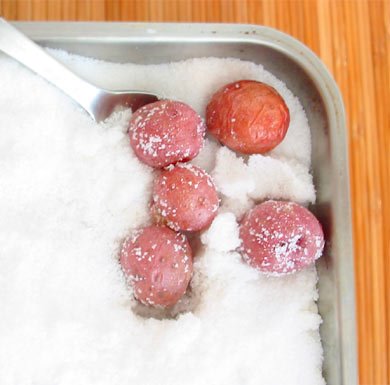
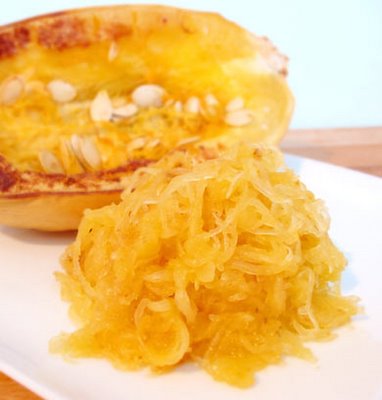
 I have been on a mission. It is one that has taken me as far as the depths of my kitchen and the to the wiles of the public library. Yes, I have searched long and hard, and waged many a calorie-ridden day happily in hungrily in pursuit of the perfect cake recipe. And by perfect cake I mean this: it has to be versatile, it must be trustworthy, and it has to be simple. Those are the hallmarks of a good recipe if you ask me. And I just may have found the cake of my dreams.
I have been on a mission. It is one that has taken me as far as the depths of my kitchen and the to the wiles of the public library. Yes, I have searched long and hard, and waged many a calorie-ridden day happily in hungrily in pursuit of the perfect cake recipe. And by perfect cake I mean this: it has to be versatile, it must be trustworthy, and it has to be simple. Those are the hallmarks of a good recipe if you ask me. And I just may have found the cake of my dreams.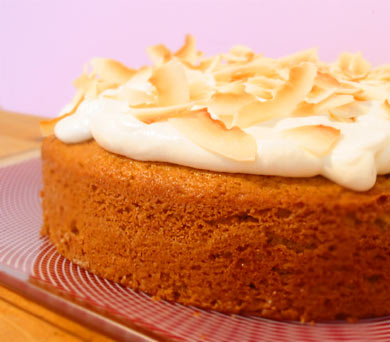
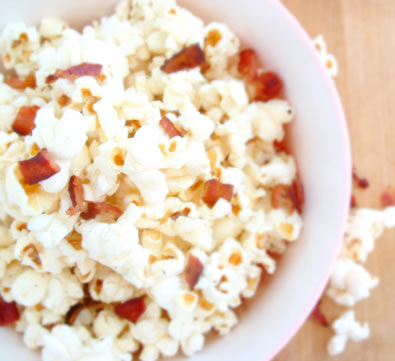
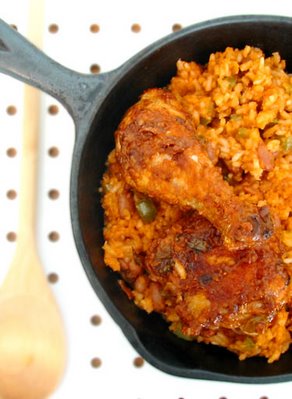
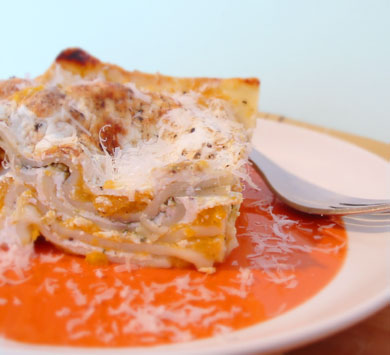
 I know that I have written about the beloved pancake many times here before. There was the
I know that I have written about the beloved pancake many times here before. There was the 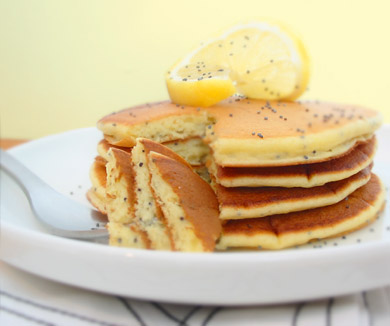
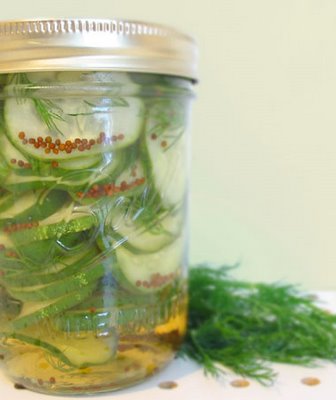
 All the leaves have tumbled off of the trees. I can see billows of moist, white breath cascading from my mouth and floating into the chilly atmosphere. Yesterday a little boy scampered by me, down the street, so bundled up he could hardly bring his arms to rest at his sides. And it snowed Wednesday night– my first real snow. It is definitely winter. And along with winter, comes winter produce. But rather than get depressed at the market by the dearth of stone fruit, and lugging home yet another hard, butternut squash for my nightly veg, I instead choose to revel in the winter produce.
All the leaves have tumbled off of the trees. I can see billows of moist, white breath cascading from my mouth and floating into the chilly atmosphere. Yesterday a little boy scampered by me, down the street, so bundled up he could hardly bring his arms to rest at his sides. And it snowed Wednesday night– my first real snow. It is definitely winter. And along with winter, comes winter produce. But rather than get depressed at the market by the dearth of stone fruit, and lugging home yet another hard, butternut squash for my nightly veg, I instead choose to revel in the winter produce.